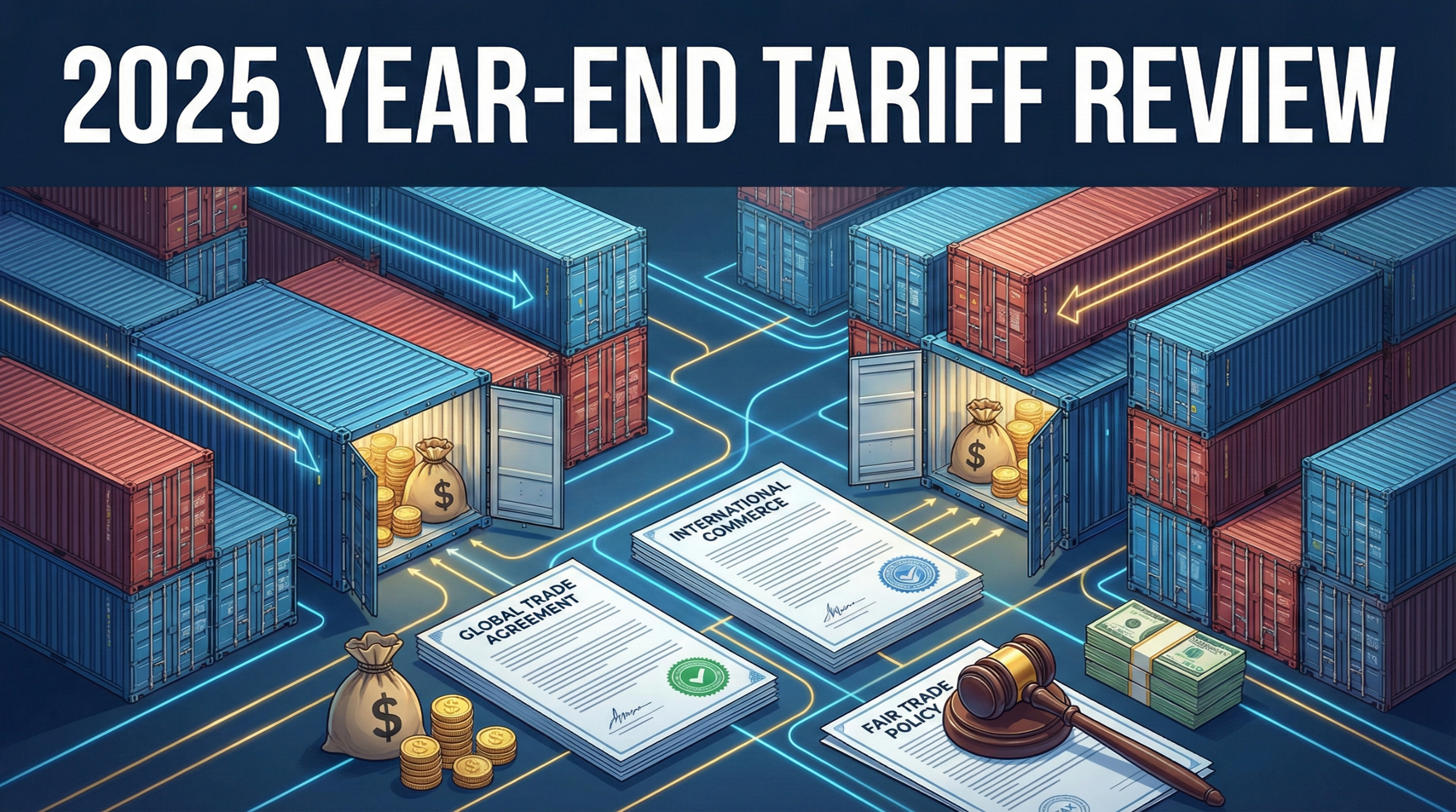Implementing new digital technologies and solutions in your supply chain can deliver tremendous benefits, but it also requires significant investment. In order to justify the investment and ensure your implementation is successful, you need to establish clear ROI goals and key metrics to track performance. Here are some best practices for measuring the success of a digital supply chain transformation:
Define Your Goals
Before you implement any new technology, be very clear about what business objectives you are trying to achieve. Common goals for supply chain digitalization include reducing costs, improving efficiency, shortening cycle times, increasing visibility and improving customer service. Define quantitative targets so you can accurately measure progress.
Focus on Key Performance Indicators
Identify the most important supply chain metrics tied to your goals, such as order fill rate, perfect order percentage, on-time delivery, inventory accuracy, total supply chain costs, etc. Track these KPIs before and after implementation to quantify the impact of your technology investments. Prioritize the metrics that matter most to your business.
To learn more about identifying and selecting the right KPIs for your supply chain, be sure to download the SDI Zeus Analytics Guidebook. This comprehensive e-book provides detailed explanations of over 40 essential supply chain metrics, along with strategies for measurement and improvement.
Capture Data at All Stages
Collect performance data during the pre-implementation, transition and post-implementation periods. This allows you to benchmark your starting point, monitor progress during rollout, and accurately evaluate the after-effects. The before-and-after comparison is crucial for calculating your ROI.
Leverage Dashboards and Analytics
Robust analytics platforms and digital dashboards empower you to gather, analyze and share data efficiently. They provide real-time visibility to help you make quick, informed decisions. Leverage data visualizations to communicate insights across your organization.
Involve Cross-Functional Teams
Representatives from departments across the supply chain, like procurement, logistics and inventory management, should be involved in defining goals and metrics. This ensures alignment and that the metrics capture the full end-to-end impact. Encourage collaboration and open communication.
Continuously Refine and Optimize
Regularly review your performance data, re-evaluate targets and adjust your implementation plan if needed. Digital transformation is an evolving process, not a one-time event. Continually seek ways to maximize the business value as technologies, processes and objectives shift.
By establishing quantitative ROI goals upfront and closely monitoring your key supply chain metrics through the implementation process, you can accurately evaluate the success of your technology investments and drive ongoing value creation. The ability to realize the full benefits of supply chain digitalization ultimately comes down to how well you measure performance and leverage data-driven insights to improve.



